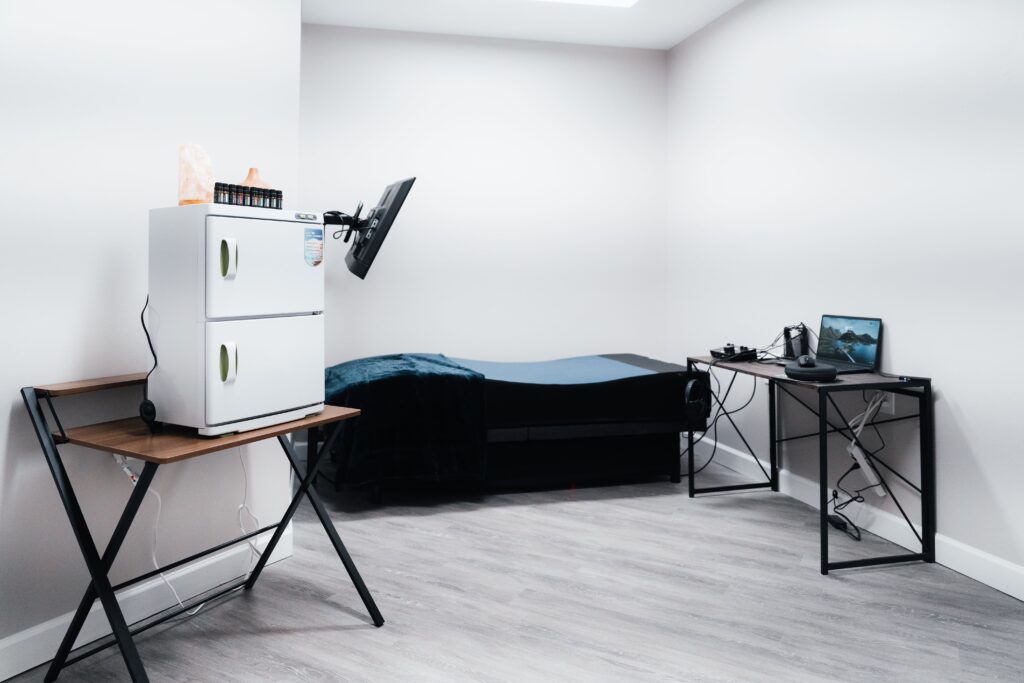Panic disorder is a disruptive mental health condition that can undermine a person’s ability to function at work, in school, or in other important areas of life. While the impact of this disorder can be severe, does it qualify a person for legal protection in the United States? In other words, is panic disorder a disability?
At Arbor Wellness, our anxiety treatment programs in Nashville can help you recover from the effects of untreated anxiety.
What Is Panic Disorder?
To understand why so many people ask, is panic disorder a disability, it can be helpful to review what it feels like to have this condition.
Panic disorder is a type of anxiety disorder that is characterized by recurring panic attacks.
It is possible to have just one panic attack, which may occur during a period of intense stress or as a result of another external cause. But if you have multiple panic attacks for no apparent reason, you may have developed panic disorder.
In addition to the excessive fear and worry that are symptomatic of other anxiety disorders, panic disorder also causes several distressing physical symptoms.
Panic Attack Symptoms
Panic attacks can involve the sudden, unexpected onset of the following types of symptoms:
- Accelerated heart rate
- Chest pain
- Hot flashes or chills
- Excessive sweating
- Tremors or shakiness
- Sensation of being choked, smothered, or unable to catch your breath
- Nausea
- Dizziness or lightheadedness
- Tingling or numbness, typically in hands and feet
- Derealization, or the sense of being removed from your surroundings (which can manifest as feeling like you are looking at your environment through a window, or that the world has been drained of color)
- Depersonalization, which is the sense that you have become detached from your thoughts and feelings
Panic attacks are usually brief, typically lasting about five or 10 minutes. But during that period, a person may experience intense distress, to the point that they may become convinced that they are “going crazy” or literally about to die.
Panic Disorder Statistics
Panic disorder affects millions of people, sometimes causing such extensive harm that the individual is unable to enjoy a full and satisfying life.
The National Institute of Mental Health (NIMH) has reported the following statistics about the scope and impact of panic disorder among adults in the United States:
- The lifetime rate of panic disorder among U.S. adults is 4.7%. With about 258.3 million adults in the U.S., this means that about 12.1 million people will be affected by panic disorder at some point in their lifetime.
- About 2.7% of U.S. adults had symptoms of panic disorder in the previous 12 months.
- The past-year prevalence of panic disorder is more than twice as high among women (3.8%) than among men (1.6%).
- Among adults who develop panic disorder, about 44.8% experience severe impairment as scored on the Sheehan Disability Scale.
Is Panic Disorder a Disability?
Clearly, panic disorder can be highly disruptive. Depending on the type and intensity of a person’s symptoms, they may find it extremely difficult to work, attend school, and otherwise engage in a productive and fulfilling life.
But what does this mean in terms of legal protections? Is panic disorder a disability? And if it is, what does that mean in terms of employment and financial support?
First, it’s important to remember that the definition of disability can vary according to which laws or policies you are referring to. On a federal level in the U.S., disability-related questions often involve the Americans With Disabilities Act (ADA), Social Security Disability Insurance (SSDI), or Supplemental Security Income (SSI).
- Under the ADA, panic disorder and other anxiety disorders are considered to be disabilities. This means that employers who are subject to the ADA cannot deny employment or promotions to someone because they have panic disorder, as long as the individual is capable of fulfilling the duties of the job with reasonable accommodations.
- SSDI provides funds to employees who can no longer work because of a disability. To be eligible for SSDI, a person must have worked for at least five of the previous 10 years. Panic disorder is a disability that can qualify a person for SSDI, though meeting the evidentiary requirements can be challenging.
- SSI provides income for people who are disabled and have both limited income and limited resources. SSI defines disability as “a medically determinable physical or mental impairment, (including an emotional or learning problem)” that causes serious functional impairments and either lasts for 12 months or longer or can be expected to result in death. As with SSDI, someone with panic disorder may qualify for SSI, but the application process can be difficult.
The disability status of someone who has panic disorder may also be addressed via state-level programs and protections. To determine if this is the case in your area, you may want to begin by visiting your state government’s website or contacting your state’s health and human services department.
More: Is Anxiety A Disability?
Learn More About Panic Disorder Treatment in Nashville
There is no question that untreated panic disorder can have a deeply disruptive impact on both the substance and quality of a person’s life. But there is a glimmer of good news about this condition: It is treatable. When you find the right type and level of care, you can learn to manage your symptoms and achieve a much healthier and more hopeful future.
Arbor Wellness is a trusted provider of personalized care for adults who have panic disorder, other anxiety disorders, and other types of mental health concerns. Programming options at our panic disorder treatment center in Nashville, Tennessee, include residential care, a partial hospitalization program (PHP), and an intensive outpatient program (IOP). We also offer specialized services for young adults and military veterans.
To discover if Arbor Wellness is the perfect place for you or a loved one – or to schedule a free assessment – please visit our Admissions page or call us today.

























